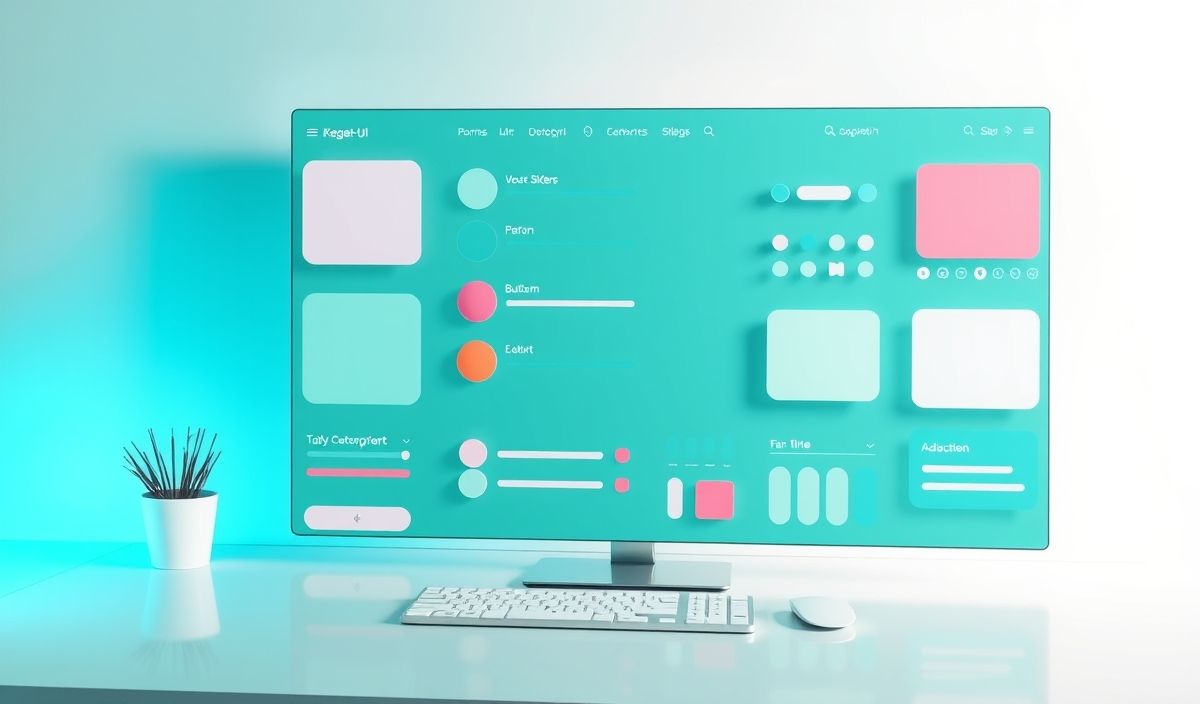Introduction to Learnpack
Learnpack is a cutting-edge platform tailored for educational advancements and efficient learning processes. Its expansive range of APIs offers versatility and power to build a comprehensive learning experience. Whether you are an educator, developer, or student, Learnpack’s APIs can enhance your journey by providing robust tools for managing, creating, and delivering educational content.
Useful API Examples
Course API
The Course API allows you to manage courses effectively. You can create, update, read, and delete course details effortlessly.
// Fetch all courses
fetch('https://api.learnpack.com/v1/courses')
.then(response => response.json())
.then(data => console.log(data));
// Fetch a single course by ID
fetch('https://api.learnpack.com/v1/courses/123')
.then(response => response.json())
.then(data => console.log(data));
Lesson API
Use the Lesson API to manage lessons within a course. This API makes it simple to add new lessons, update existing ones, and remove outdated content.
// Add a new lesson to a course
fetch('https://api.learnpack.com/v1/lessons', {
method: 'POST',
headers: {
'Content-Type': 'application/json'
},
body: JSON.stringify({ courseId: 123, title: 'New Lesson', content: 'Lesson content here' })
})
.then(response => response.json())
.then(data => console.log(data));
Quiz API
The Quiz API provides tools to create and manage quizzes. Quizzes are essential for assessing the learning progress of students.
// Create a quiz
fetch('https://api.learnpack.com/v1/quizzes', {
method: 'POST',
headers: {
'Content-Type': 'application/json'
},
body: JSON.stringify({ lessonId: 456, questions: [{ question: 'What is Learnpack?', options: ['A', 'B', 'C'], answer: 'A' }] })
})
.then(response => response.json())
.then(data => console.log(data));
Comprehensive App Example
This example demonstrates how to integrate multiple Learnpack APIs to build a basic educational application.
Step 1: Fetch and Display Courses
// Fetch all courses and display them
fetch('https://api.learnpack.com/v1/courses')
.then(response => response.json())
.then(data => {
const courses = data.map(course => '<div>' + course.title + '</div>').join('');
document.getElementById('courses').innerHTML = courses;
});
Step 2: Display Lessons in a Course
// Fetch and display lessons for a selected course
fetch('https://api.learnpack.com/v1/lessons?courseId=123')
.then(response => response.json())
.then(data => {
const lessons = data.map(lesson => '<div>' + lesson.title + '</div>').join('');
document.getElementById('lessons').innerHTML = lessons;
});
Step 3: Quizzes for Lessons
// Fetch and display quizzes for a selected lesson
fetch('https://api.learnpack.com/v1/quizzes?lessonId=456')
.then(response => response.json())
.then(data => {
const quizzes = data.map(quiz => '<div>' + quiz.questions[0].question + '</div>').join('');
document.getElementById('quizzes').innerHTML = quizzes;
});
Building an educational app with Learnpack demonstrates the platform’s flexibility and power. By leveraging the course, lesson, and quiz APIs, you can create a tailored learning experience for all types of users.
Hash: a184b5c31d300c47a7a051ad7f68db4aa8b4c51094f3e0c78745f1d207d2ac2d




